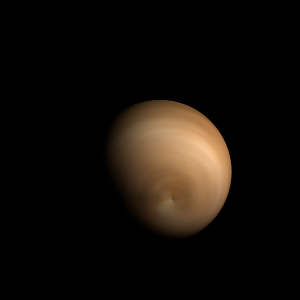|
|
Space Astro
|
Info for exoplanet "Bebtissi Orix"
| Scientific (actual) data |
|---|
| Name | HN Peg b |
| Planet status | Confirmed |
| Planet mass | 59.6 |
| Radius | 1.1 |
| Semi major axis | 795 |
| Angular distance | 43.2065 |
| Discovered | 2007 |
| Updated | 2024-08-21 |
| Publication | Published in a refereed paper |
| Detection type | Imaging, Astrometry |
| Mass measurement type | Astrometry |
| Alternate names | HD 206860 b, GJ 9751 b, LUH 4 b, 2MASS J21442847+1446077 |
| Star name | HN Peg |
| Right ascension | 326.13° |
| Declination | 14.77° |
| Mag v | 6 |
| Star distance | 18.1186 |
| Star metallicity | -0.036 |
| Star mass | 1.08 |
| Star radius | 1.01 |
| Star sp type | G0V |
| Star age | 4.46 |
| Star temperature | 5927.14 |
| Star alternate names | HD 206860, GJ 9751, LUH 4 |
| Wikipedia article | HN Peg b |
Back
| |
| Fictional info (?) |
|---|
| Suggested name | Bebtissi Orix |
| Planet type | Huge cold gas giant |
| It has the longest rotation period (445 days) of any planet in its solar system and rotates in the opposite direction to most other planets.
The oxygen has probably photodissociated, and the free molecular hydrogen has been swept into interplanetary space by the solar wind because of the lack of a hydrogen layer. |
| Atmosphere | Molecular hydrogen | 71% |
| Carbon monoxide | 27% |
| Oxygen | 1.2% |
| Hydrogen | 0.028% |
| Hydrogen deuteride (HD) | 0.0032% |
| Atmospheric pressure | 0.001 bar |
 |
| No known satellites |
| Google search for Bebtissi orix |
|
Website by Joachim Michaelis
|
|
|
|